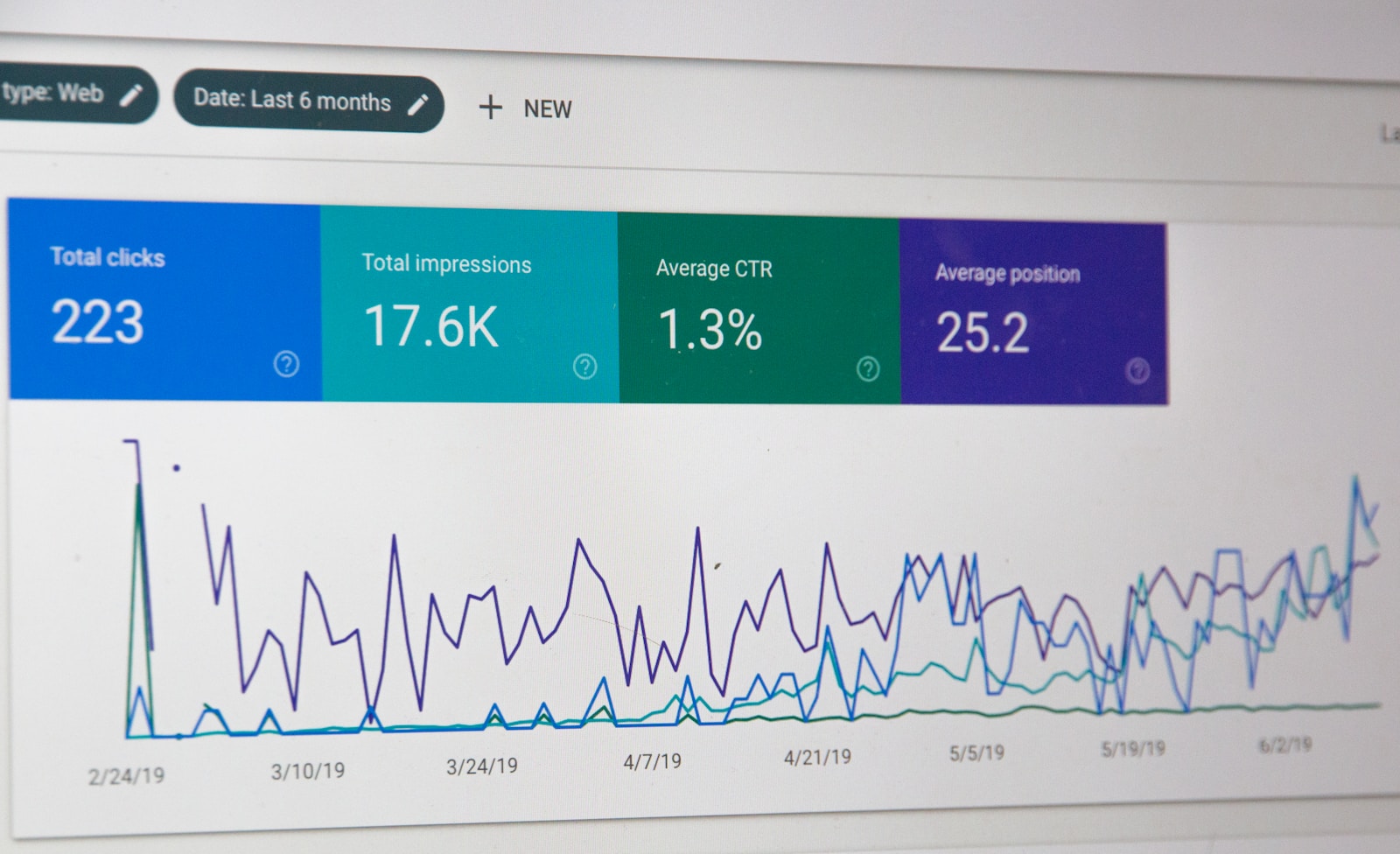AI, automation, robotics, and future nano tech are revolutionizing the tech industry. These cutting-edge technologies are changing the way we work, live, and interact with the world around us. From self-driving cars to automated manufacturing processes, the impact of robotics and AI can be seen in every aspect of our daily lives.
Artificial intelligence, or AI, is the simulation of human intelligence processes by machines, especially computer systems. AI technologies have advanced rapidly in recent years, enabling machines to learn from data, recognize patterns, and make decisions with minimal human intervention. This has led to the development of sophisticated AI applications in various industries, such as healthcare, finance, and transportation.
Automation, on the other hand, refers to the use of machines or technology to perform tasks that were previously done by humans. Robotics plays a crucial role in automation, as robots are programmed to perform specific tasks with precision and efficiency. In manufacturing, for example, robots are used to assemble products, handle materials, and perform quality control checks at a much faster pace than human workers.
The future of nano tech is also promising, as researchers continue to explore the potential of nanotechnology in various fields, including medicine, electronics, and energy. Nanotechnology involves manipulating materials at the atomic and molecular level to create new structures and devices with unique properties. This has the potential to revolutionize industries such as healthcare, where nanotechnology can be used to develop targeted drug delivery systems and diagnostic tools.
One of the key benefits of robotics and AI is increased efficiency and productivity. By automating repetitive tasks and decision-making processes, businesses can streamline their operations and reduce costs. This allows organizations to focus on more strategic initiatives and innovation, driving growth and competitiveness in the market.
Another advantage of robotics and AI is improved safety and reliability. In hazardous environments or high-risk situations, robots can be deployed to perform tasks that would put human workers in danger. AI systems can also be used to predict equipment failures or identify potential risks, helping to prevent accidents and downtime.
However, the rise of robotics and AI has also raised concerns about job displacement and ethical implications. As machines become more intelligent and capable, there is a fear that they may replace human workers in certain industries, leading to unemployment and economic disruption. Additionally, the use of AI in decision-making processes raises questions about transparency, accountability, and bias in algorithmic systems.
Despite these challenges, the potential of robotics and AI to transform the tech industry is undeniable. As technology continues to evolve, it is essential for businesses and policymakers to adapt to these changes and ensure that the benefits of automation and AI are shared equitably. By embracing innovation and collaboration, we can harness the power of robotics and AI to create a more efficient, sustainable, and inclusive future for all.







Leave a Reply